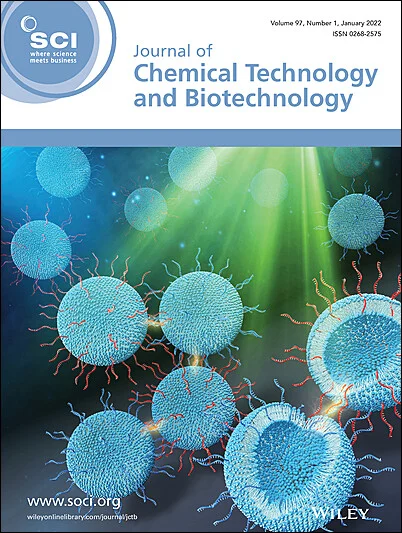Stephen Truslove, Elliott L. Bruce, Humphrey H. P. Yiu
求助PDF
{"title":"An appraisal on various hydrogen productions and their CO2 emissions – a comparison on the Grey, blue and green pathways","authors":"Stephen Truslove, Elliott L. Bruce, Humphrey H. P. Yiu","doi":"10.1002/jctb.70029","DOIUrl":null,"url":null,"abstract":"<p>The transition to a net-zero economy requires revolutionary change to the fundamentals of economies around the world. The need to decarbonise processes affects almost every aspect of industry and society, with energy, transport, and manufacturing making up some of the most polluting sectors. Many complementary solutions must be realised to surmount such challenges, and one suggestion is the greater use of hydrogen as a fuel or feedstock. For this to occur, hydrogen production must be significantly scaled up without introducing so many emissions as to counteract improvements made downstream. Although hydrogen gas can be found in underground deposits, almost all hydrogen is produced industrially from fossil fuels, notably <i>via</i> steam reforming process (grey hydrogen), which is usually associated with a considerable carbon footprint. Alternative production pathways with a lower carbon footprint have been developed for large-scale production. This perspective examines the impact of large-scale grey, blue, and green hydrogen production methods and their viability as sources of a cleaner fuel for heat and electricity generation. © 2025 Society of Chemical Industry (SCI).</p>","PeriodicalId":15335,"journal":{"name":"Journal of chemical technology and biotechnology","volume":"100 9","pages":"1753-1761"},"PeriodicalIF":2.4000,"publicationDate":"2025-07-23","publicationTypes":"Journal Article","fieldsOfStudy":null,"isOpenAccess":false,"openAccessPdf":"","citationCount":"0","resultStr":null,"platform":"Semanticscholar","paperid":null,"PeriodicalName":"Journal of chemical technology and biotechnology","FirstCategoryId":"5","ListUrlMain":"https://scijournals.onlinelibrary.wiley.com/doi/10.1002/jctb.70029","RegionNum":4,"RegionCategory":"生物学","ArticlePicture":[],"TitleCN":null,"AbstractTextCN":null,"PMCID":null,"EPubDate":"","PubModel":"","JCR":"Q3","JCRName":"BIOTECHNOLOGY & APPLIED MICROBIOLOGY","Score":null,"Total":0}
引用次数: 0
引用
批量引用
Abstract
The transition to a net-zero economy requires revolutionary change to the fundamentals of economies around the world. The need to decarbonise processes affects almost every aspect of industry and society, with energy, transport, and manufacturing making up some of the most polluting sectors. Many complementary solutions must be realised to surmount such challenges, and one suggestion is the greater use of hydrogen as a fuel or feedstock. For this to occur, hydrogen production must be significantly scaled up without introducing so many emissions as to counteract improvements made downstream. Although hydrogen gas can be found in underground deposits, almost all hydrogen is produced industrially from fossil fuels, notably via steam reforming process (grey hydrogen), which is usually associated with a considerable carbon footprint. Alternative production pathways with a lower carbon footprint have been developed for large-scale production. This perspective examines the impact of large-scale grey, blue, and green hydrogen production methods and their viability as sources of a cleaner fuel for heat and electricity generation. © 2025 Society of Chemical Industry (SCI).
对各种氢气生产及其二氧化碳排放的评估-灰色,蓝色和绿色途径的比较
向净零排放经济的过渡需要对全球经济的基本面进行革命性的改变。脱碳过程的需求几乎影响到工业和社会的各个方面,能源、交通和制造业构成了污染最严重的一些部门。为了克服这些挑战,必须实现许多互补的解决方案,其中一个建议是更多地使用氢作为燃料或原料。为了实现这一目标,氢气生产必须大幅扩大,同时又不能产生太多的排放,从而抵消下游的改善。虽然氢气可以在地下矿床中找到,但几乎所有的氢都是由化石燃料工业生产的,特别是通过蒸汽重整过程(灰氢),这通常与相当大的碳足迹有关。为大规模生产开发了碳足迹较低的替代生产途径。这一视角考察了大规模灰色、蓝色和绿色制氢方法的影响,以及它们作为更清洁的供热和发电燃料来源的可行性。©2025化学工业学会(SCI)。
本文章由计算机程序翻译,如有差异,请以英文原文为准。



 求助内容:
求助内容: 应助结果提醒方式:
应助结果提醒方式:


